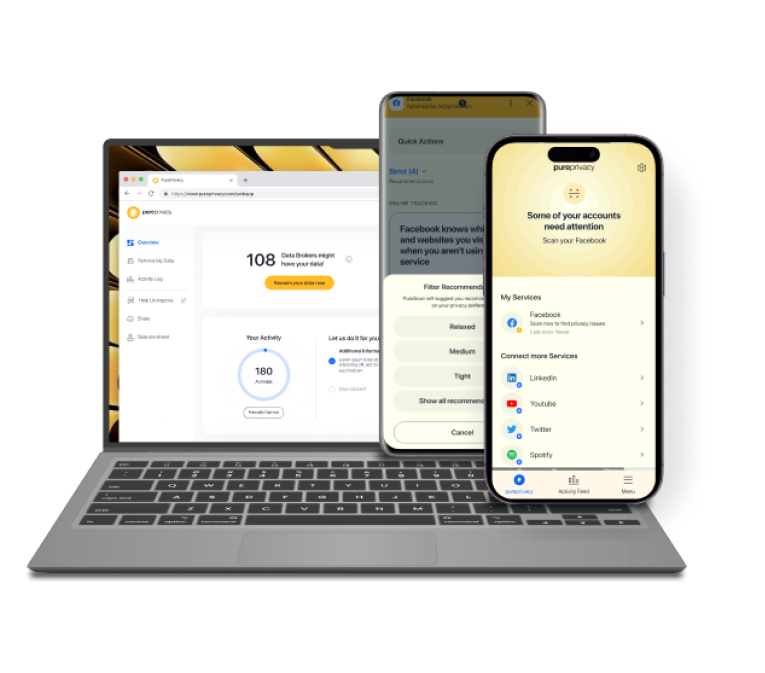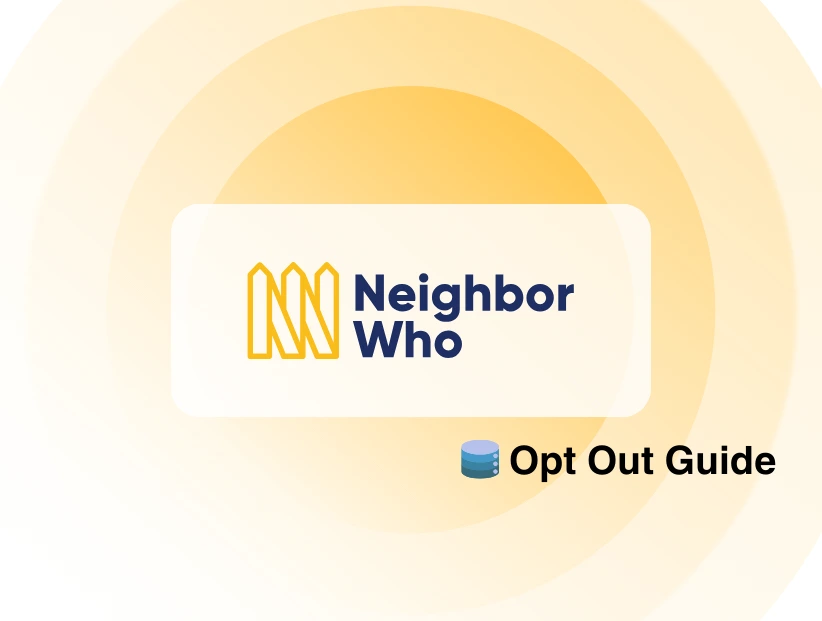Whether you are a fan of Joe Rogan or Steven Bartlett, millions of people listen to podcasts every single day. Stats show that the popularity of podcasts has exploded, with over 500 million listeners worldwide and over 6 million podcasts available on Spotify alone. Lets discuss if you can make a Spotify Podcast Private in 2024.
This guide covers how you can make your podcast private on Spotify., as well as other alternatives for limiting your material to a specific audience, whether you're considering providing exclusive content or sharing personal experiences.
What is Private Podcasting?
Private podcasting is pretty common now that allows content creators to manage who can see and access their work, while making the experience tailor-made to your specific audience. It enables creators to effectively engage a particular audience by providing relevant, personalized content, industry insights, exclusive content, and training materials.
It offers confidentiality, ensuring sensitive information or non-public topics remain private and available only to those with access-only. Private podcasts serve as a crucial internal communication tool for organizations, providing a convenient and engaging way to disseminate important updates, share company news, and offer training materials.
Is It Possible to Create a Private Spotify Podcast?
Spotify, a popular music streaming platform, offers private podcasting options for creators.
It does not currently offer completely private or password-protected podcasts. The general public may access all podcasts uploaded and made available on Spotify. However, there are several workarounds and alternate ways to share private content.
Spotify for Public Content Only: Spotify's concentration remains on public podcasting content, and the platform does not offer built-in privacy options.
How to Make a Private Podcast on Spotify
Here is a little guide to help you in creating a private podcast on Spotify:
- Set up a Podcast Hosting Platform
Choose a hosting service that allows private podcasting, such as Castos, Supercast, or Transistor, to safely upload and manage your episodes while creating a private podcast on Spotify.
Selecting a hosting platform involves considering ease of use, pricing, storage limits, unique access codes, membership management systems, analytics, monetization options, and integration with other podcasting platforms.
- Upload and Manage Your Podcast Episodes
You should create a podcast hosting account and post your exclusive episodes. Use features like scheduling, descriptions, and artwork, plan ahead, and create high-quality audio content. Grouping episodes into seasons or themed series can achieve continuity and organization.
- Implement Invitation-Only Access
To maintain exclusivity in your private podcast, implement invitation-only access for subscribers or members, ensuring only those granted permission can access and listen.
- Create Unique Access Codes: Host platforms can create unique codes for audience distribution. These codes can be used to access private podcasts.
- Integrate with Membership Management Systems: Give users access to private material using existing membership management systems.
- Manual Approval: Provides complete control over content access by allowing subscribers or members to be approved manually.
- Submit Your Podcast to Spotify
To get your private podcast added to Spotify's library, set up your hosting platform and submit it as a distribution platform rather than a host.
Send Spotify your RSS feed containing episode information, artwork, and access restrictions to publish your private podcast. Once Spotify has reviewed your work, it will add it to its library. Use various platforms to advertise your podcast to draw in and keep your target audience.
What are the Alternatives to Spotify for Private Podcasts?
Here are some other methods to consider if you wish to restrict access:
- Use a Private Podcast Hosting Platform
- Patreon and Memberful: Only paying subscribers can access your podcast by hosting it for free.
- Apple Podcasts: Podcasters are permitted to create exclusive content accessible to subscribers alone.
- Share Privately with RSS Feed Links
- Make a Private RSS Feed: A few podcast hosting platforms, like Transistor, Captivate, and Libsyn, allow you to make a private RSS feed that you may share with specific listeners.
- Distribute Manually: By sharing this RSS feed URL with only a select few, you can stop the podcast from becoming publicly available and enable private listening on the podcast app of their choice.
- Embed in Other Platforms with Restricted Access
Embed with a Website or Membership Site: If your podcast is a part of a restricted community or course, you can embed it into websites such as Kajabi, Teachable, or Mighty Networks, where only selected individuals can access it.result in growth in your Spotify following.
Frequently Asked Questions (FAQs)
-
How do I upload my songs on Spotify?

Independent musicians, despite popular opinion, may not directly upload songs to Spotify. The process entails signing up with a distributor who will act as the intermediary between the artist and Spotify. As an artist, a digital music distribution service could be your initial point for communication in this distribution chain.
-
Do artists get paid by Spotify?

For every stream, Spotify pays artists a set amount, although the rate changes. The usual range for each stream is between $0.003 and $0.005. Depending on your subscription level (Premium or Free), where you are listening from, and the particular agreements Spotify has with musicians or their labels, the exact price can change.
-
Is it possible to add my songs to Spotify?

Using the Settings menu, you can add local music from your PC to Spotify. Music uploaded to Spotify can now be listened to on the Spotify mobile app by Spotify Premium subscribers. You will need to use a distribution service if you wish to upload your music on Spotify for other people to listen to.
-
What is the amount that Spotify pays for every 1000 streams?

As they stated, the overall payout for your stream is determined by a variety of factors and changes according to the platform. The amount that Spotify pays per stream is approximately $0.04 for every ten streams. Thus, 100,000 streams would cost $400, while 1000 streams would cost about $4.
-
Does anyone have a chance to upload songs to Spotify?

As an independent musician, adding songs to Spotify may initially seem like a difficult task. This is because of Spotify's lack of a "upload" option for the average user. It is necessary to use a "DSP" if you want to upload your song on Spotify. The term "DSP" refers to a Digital Service Provider.
In Conclusion
Uploading your music on Spotify for free is possible with the help of distribution services, trials, or partner programs that make the process easier and expand your reach. By selecting the right package for your needs, you can share your music with a global audience and begin to expand your listener base.





